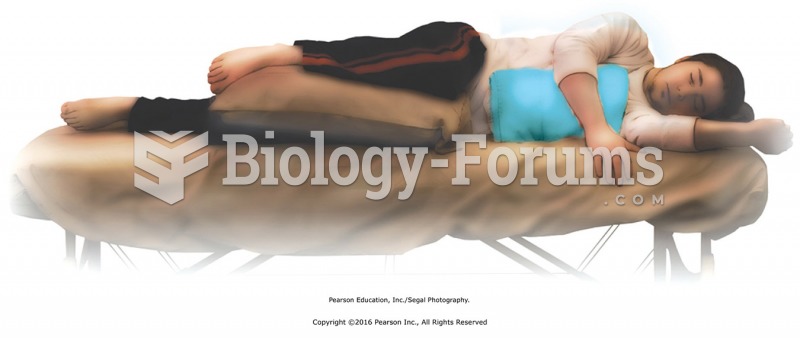Answer to Question 1
Correct Answer: 1, 3
An initiative from AACN has addressed the need for master's preparation in point of care leadership; this is the clinical nurse leader (CNL) role. The AACN released a White Paper on the Role of the Clinical Nurse Leader (2007) calling for the development of a collaborative effort between practice institutions and educational institutions to create this role. The role was not conceived of as one of administration or management, but one that would assume accountability for client care outcomes using evidence-based practice to design, implement, and evaluate client plans of care. This role was conceived of as an advanced generalist rather than a specialty practice like that of the CNS. The common goal was quality patient care outcomes. AACN updated the competencies and the curricular expectations for the CNL and the curriculum framework in 2013. These provide the basis for a master's degree program or post-master's certificate preparing the graduate to take the AACN CNL Certification Examination. This represents the first new role introduced into nursing since the 1960s. This role is not that of a clinical specialist, so areas of clinical expertise are not required. This role is not management, so management experience is not required. There are no requirements for years of experience in nursing to perform this role.
Answer to Question 2
Correct Answer: 1, 2
The master's degree programs in nursing education being accredited by AACN are asked to provide an area of clinical competence for the graduates who will be teaching student nurses. They should be eligible for certification in an area of nursing specialization, but not as APRNs. The certifications that this nurse is eligible include Informatics, Gerontological, and Pain Management. Adult Gerontology is a certification for clinical nurse specialists. Adult Gerontology-Acute and Adult Gerontology-Primary are certifications for Nurse Practitioners.







